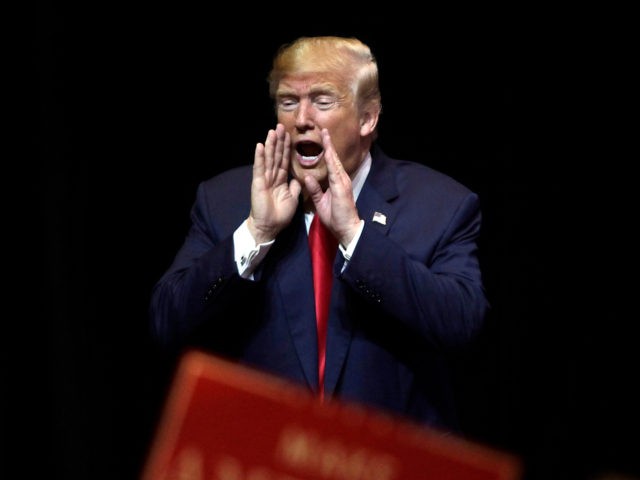Donald Trump pointed out on Wednesday that the best selling vehicles made by U.S. automakers have been protected behind a tariff wall for decades.
Trucks are covered by a 25 percent tariff known as the “chicken tax” because it was put in place in 1964 retaliation for European tariffs on U.S. chickens.
The reason that the small truck business in the U.S. is such a go to favorite is that, for many years, Tariffs of 25% have been put on small trucks coming into our country. It is called the “chicken tax.” If we did that with cars coming in, many more cars would be built here…..
— Donald J. Trump (@realDonaldTrump) November 28, 2018
…..and G.M. would not be closing their plants in Ohio, Michigan & Maryland. Get smart Congress. Also, the countries that send us cars have taken advantage of the U.S. for decades. The President has great power on this issue – Because of the G.M. event, it is being studied now!
— Donald J. Trump (@realDonaldTrump) November 28, 2018
This runs directly contrary to a narrative popular among free-traders that the U.S. automakers were making bad cars until competition for foreign imports forced them to improve the quality of their products.
Without a doubt, the 1980s were a bad time for U.S. automakers. Product quality of cars declined and Japanese carmakers captured a huge part of the market.
But if the lack of competition from imports were the problem, U.S. trucks should have been laggards because of the protective tariff. Instead, they have been market leaders in innovation and consumer favorites. If anything, the high margin has allowed manufacturers to pour money into R&D that has improved their entire fleets.
The biggest problem with American made cars in the 1980s was that they were off-market, still largely based on designs developed at a time when oil prices were high and the government was pushing for higher miles-per-gallon standards. When the price of oil fell and the dollar strengthened, these simply were not cars consumers wanted.
In many ways, what happened in autos simply reflects the standard economic theory of growth. According to most textbook versions of the source of economic growth, countries that take the lead in growth as the U.S. did in the post-World War II era should lose their edge as “follower” countries learn from their example and adopt the new technologies.
Absent innovation, the growth of the “leader” should retreat even if more capital and more labor are added because of the law of diminishing returns. What is needed, to restore or preserve outsized growth, is investment in R&D. This requires capital that is not going into production.
The higher margins for trucks–made possible because of the tariffs–created cash flow that could be–and was–directed into R&D. And the tax cuts of the Reagan era encouraged investment in R&D.
Trump’s tweets show the president knows the just-so story free-traders tell does not reflect reality.

COMMENTS
Please let us know if you're having issues with commenting.